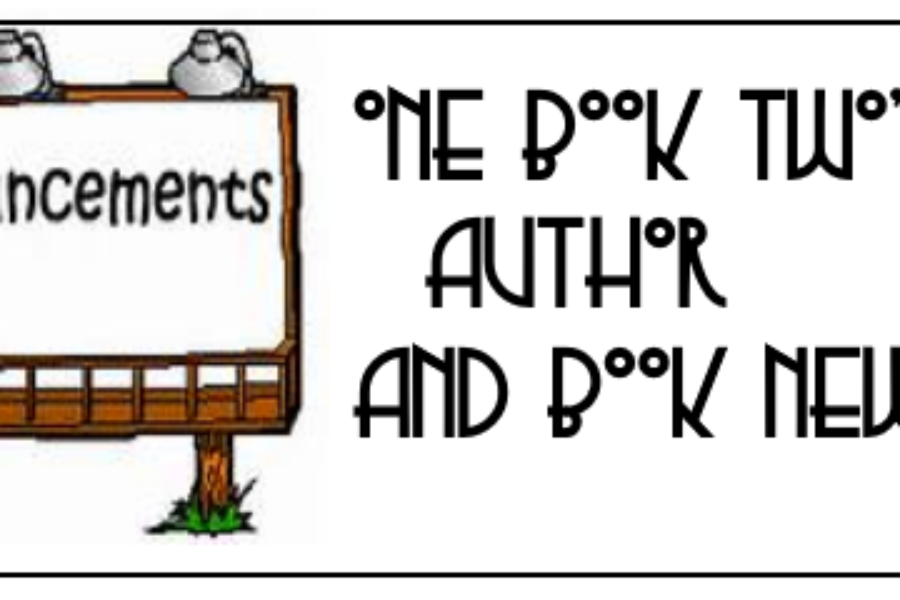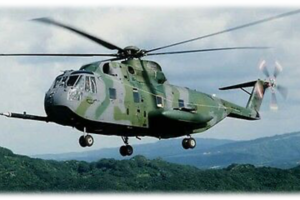Negative Review

Ever since I released One Month, 20 Days, and a Wake Up, it has baffled me why this book outsells my other two. The subject matter must be the reason because it’s not that it is a better-written manuscript. You’ve heard me admit several times, that I made the big mistake by not professionally editing the book before publishing.
Last year, I joined a writer’s critique group. I told the group, if they helped me rewrite my first book, I would join. Not only did the group agree, but they challenged me to finish the rewrite using their input. We began the process, but because of the virus, the library where we met shut down. We were only able to complete eight chapters. Utilizing the group’s guidance, I have now completed the manuscript.
I learned my lesson on the first edition; the second is now at my editors. I anticipate self-publishing it with Amazon with the release coming sometime in June. If the first one has continually sold, perhaps the second edition will sell better.
Below are a few reviews that illustrate why I took on the project of rewriting the manuscript. I can have the worse of the negative reviews removed, but I leave them up to remind myself of my errant ways.
“Nice memoir in desperate need of editing.” (two stars)
“…This memoir written by a veteran PJ is quite a candid and honest account of the author’s experience during his training and deployment in Vietnam. However, I give it two stars only because this book is in urgent need of an editor as well as a thorough proofreading, it seems the author simply got his MS-Word file printed and published without anybody ever checking for grammar and vocabulary. This makes for a very difficult reading experience, which is actually a shame because otherwise, this could be a heartfelt and honest memoir…”
Do Not Purchase This Book.” (one star)
“Very shallow. Very poorly written. Not edited at all. I could not finish the book. As a Vietnam USMC veteran, the book did not ring true with me. I suggest you save your money and purchase something else.”
“Nothing but a whole lot better needed for our fighting men.” (three stars)
“…I was very interested in this story of the Air Force Pararescue “PJs” in-country. So it was with considerable disappointment that I had to navigate through the rocks and shoals of misspelling, bad grammar, poor syntax, and horrible editing to get through this tale.”
“Thanks for your service.” (five stars)
“I enjoyed Chuck’s book; his experience with the PJ’s was insightful. His account of the missions and everyday life in Vietnam was excellent. The way he described the training was intriguing. The book is a page-turner. Just one thing Chuck, next time check closer for typos.”
* * *
In my previous post, I gave you an example of the original and the proposed changed text. The proposed is before the changes the editor might suggest. I believe it is obvious the writing needed correcting.
Original from Chapter 3:
“The time came for our jump, and the rear door opened. We stood, hooked our static lines with the snap hook on a cable above our heads. I was located about half way into the aircraft and I watched man after man get to the end, and make their jump. No one spoke due to the roar of the engines and the wind. The wind was so strong as you moved towards the end of the aircraft, the harder it was to keep your balance. When it came your turn, you leaned forward, and just fell out of the aircraft. A few, however, had to be given a boot in the butt to encourage them to jump.
I surprised myself; the increased heartbeat, and the sweats I experienced jumping off the towers did not happen. I felt confident, and I did not feel scared. When my turn came, I looked the instructor in the eye, he gave me the signal, I leaned out, and the wind literally lifted me away from the aircraft. What activated my chute was the strap I had hooked to the cable above my head. The chute instantly activated, but it took several seconds to fully open. Those seconds seemed like forever as I fell until the chute deployed.”
Revised from Chapter 3:

“The time came for our jump, the signal light turned green, and the rear door opened. We stood, hooked our static lines with the snap hook on a cable above our heads. Of the 50 men on board, they located me halfway into the aircraft, and I watched man after man get to the end and make his jump. Now besides the roar of the engines, we had the howling of the wind. As we moved toward the rear of the aircraft, the turbulence made it harder to keep our balance. When it came to each man’s turn, he leaned and stepped forward as the wind lifted him out of the aircraft. A few had to get a boot in the butt to encourage them to jump.
To my surprise, the increased heartbeat, and the sweats I experienced jumping from the towers didn’t happen. I felt confident and not scared. When my turn came, I looked the instructor in the eye; he gave me the signal; I leaned out, and the wind carried me away from the aircraft. What activated my chute was the strap hooked to the cable above my head. The parachute instantly opened, but it took several seconds to unfurl fully.
Come on—come on, open. Ahh, okay.
Even with the chute open, it seemed like I was falling fast. Our instructors warned us of the sensation; although, they told us we would fall no faster than when we dropped from the towers. They lied.”


6 Comments
Leave your reply.